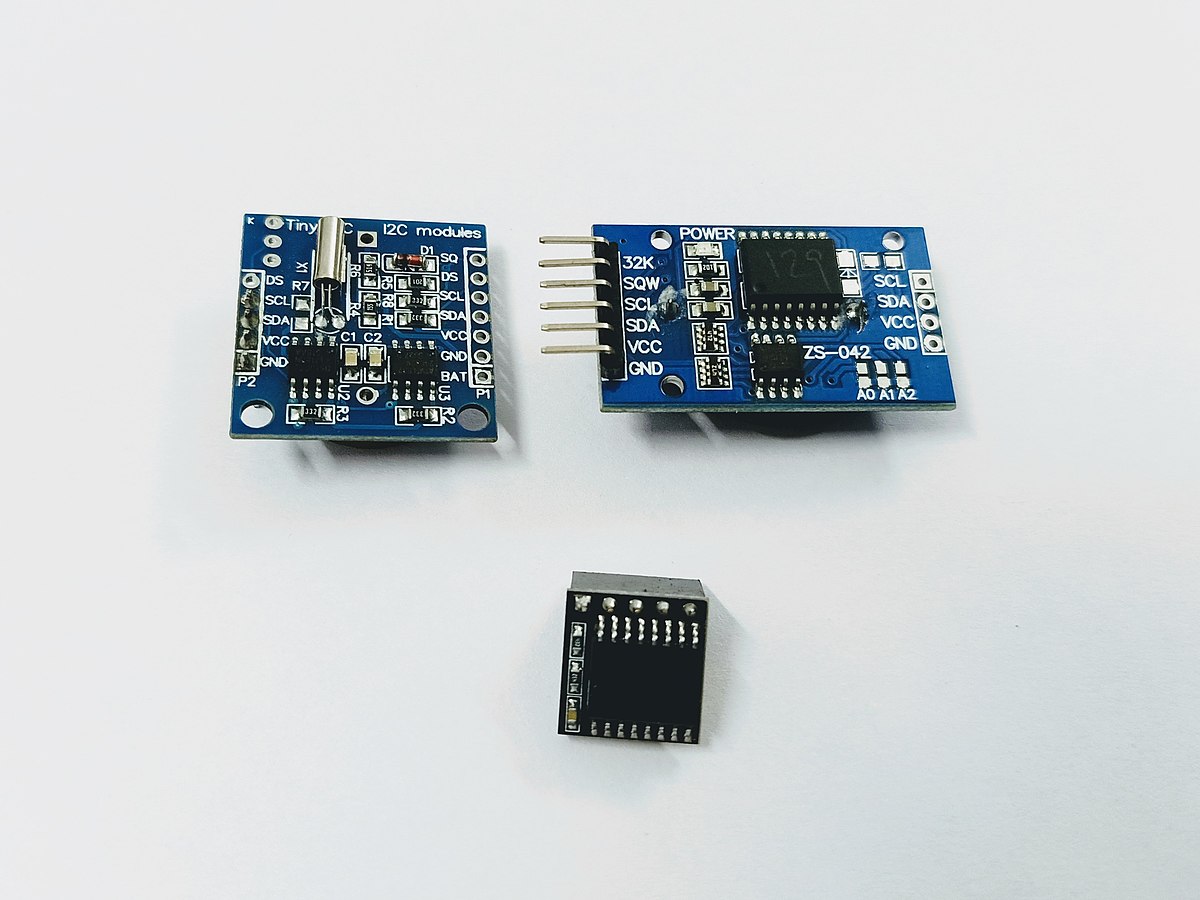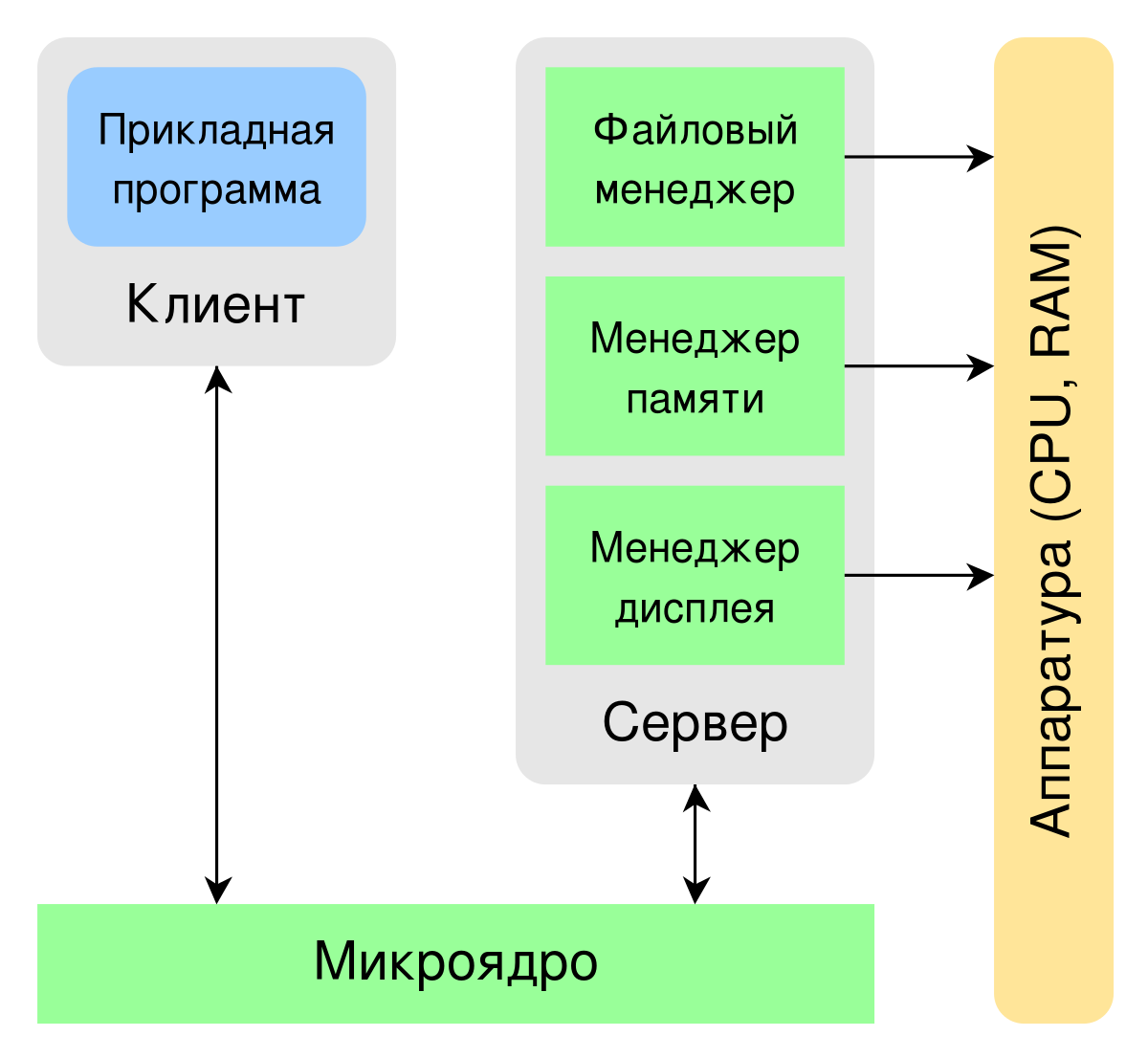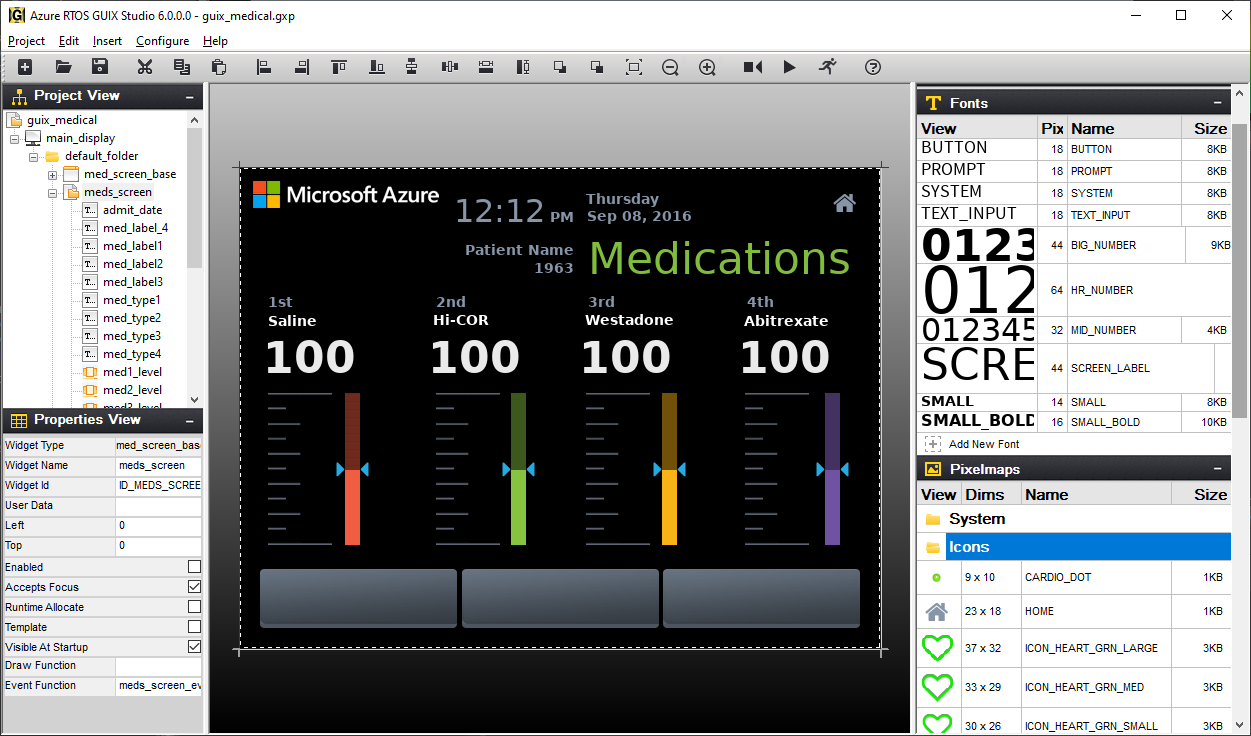Welcome to the Beginner’s Guide to Real-Time Operating Systems (RTOS) tutorial. In this article, we will explore the basics of RTOS and how it can be used to develop efficient and responsive embedded systems. Let’s dive in!
Introduction to RTOS

An RTOS, or Real-Time Operating System, is a specialized system that ensures timely execution of tasks in embedded systems. RTOS is crucial for applications that require precise timing and quick responses, such as industrial automation or consumer electronics.
RTOS manages tasks efficiently by prioritizing them based on their urgency and deadlines. It enables multi-threading and proper memory management to prevent issues like out of memory errors.
Understanding RTOS fundamentals is essential for developers working on real-time applications, as it provides a structured approach to handling tasks and resources effectively.
Operating System Basics
![]()
Operating System Basics are essential for understanding Real-Time Operating Systems (RTOS). An Operating System manages computer hardware and software resources, providing services to computer programs. It controls memory management, file systems, and execution of processes. Understanding memory paging, synchronization, and time-sharing is crucial.
RTOS is used in embedded systems and requires precise real-time computing capabilities. Learning about FreeRTOS and communication protocols like Wi-Fi is important for RTOS development. Mastering Operating System Basics is the first step towards becoming proficient in RTOS programming.
Real-Time Operating Systems

Real-Time Operating Systems (RTOS) are designed for time-sensitive applications where tasks must be completed within strict time constraints. These systems prioritize tasks based on their urgency, ensuring critical operations are executed promptly. RTOS are commonly used in embedded systems, where responsiveness is crucial. They offer features like preemptive scheduling and fast interrupt response times. Understanding RTOS can be beneficial for developers working on applications that require real-time capabilities. By learning about RTOS, you can enhance your skills in programming and gain insights into optimizing system performance.
Consider exploring RTOS tutorials to delve deeper into this specialized area of operating systems.
Benefits of RTOS

– **Real-time performance:** RTOS provides **real-time computing**, ensuring that tasks are completed within specific time constraints.
– **Efficient resource utilization:** RTOS optimizes system resources such as **memory paging** and **CPU** usage, leading to improved performance.
– **Reliability:** RTOS enhances system stability by preventing issues like **deadlock** and **out of memory** situations.
– **Synchronization:** RTOS allows for effective **synchronization** of tasks, ensuring smooth operation in **multiprocessing** environments.
– **Embedded systems support:** RTOS is ideal for **embedded systems** and **microcontrollers**, making it a versatile choice for various applications.
Choosing the Right RTOS
When choosing the right RTOS, consider your **application requirements** and **hardware constraints**. Look for an RTOS that supports the specific **features** you need, such as **real-time capabilities** or **file systems**. Research the **community support** and **documentation** available for the RTOS, as this can help you troubleshoot issues. Consider the **cost** and **licensing** options of the RTOS, especially if you are working on a **commercial project**. It’s also important to evaluate the **performance** and **reliability** of the RTOS to ensure it meets your project needs.
Getting Started with RTOS

When starting with Real-Time Operating Systems (RTOS), it’s important to understand the basics. An RTOS is designed for **embedded systems** where tasks need to be completed within a specific time frame. This differs from general-purpose operating systems like Unix or Windows. RTOS manages tasks efficiently by prioritizing them based on their urgency. It ensures **synchronization** and **execution** of tasks in a timely manner.
FreeRTOS is a popular open-source RTOS widely used in the industry. Understanding RTOS concepts is crucial for developing applications in fields like **Internet of Things** (IoT) and **cloud computing**.



